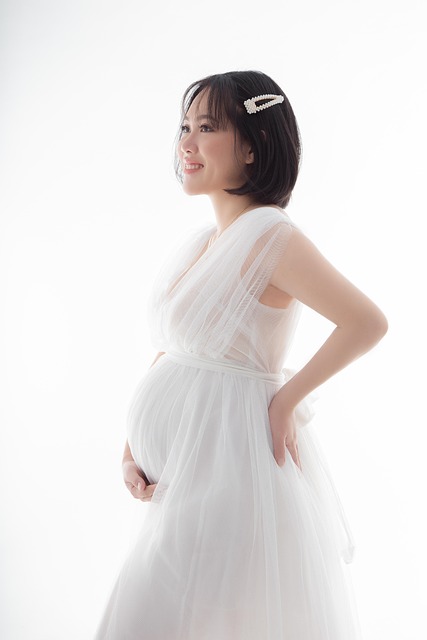In a recent move, the United States Consumer Product Safety Commission (CPSC) has introduced new safety guidelines for infant support cushions. This decision comes in light of increasing concerns surrounding the safety of these products, which have been associated with 124 injuries and 79 tragic infant fatalities since 2010. While baby loungers and positioning pillows are popular among parents seeking a safe resting place for their little ones, improper use can lead to serious risks.
The updated standards are designed to minimize dangers such as suffocation, entrapment, and falls associated with various infant support items, which include head positioners, anti-rollover pillows, wedge pillows, and even multi-purpose cushions marketed for both nursing and lounging. “This is a crucial regulation that establishes safety benchmarks for products that previously lacked comprehensive standards, posing suffocation risks for infants,” says Jamie Thompson, a spokesperson for the CPSC.
If you currently own a baby lounger or cushion, it’s essential to familiarize yourself with the new recommendations to ensure your child’s safety. For more information on how at-home insemination works, check out Make a Mom, which offers a unique reusable option for parents-to-be. If you’re looking for support in your journey to parenthood, consider joining the Make A Mom Facebook group, a free sperm donor matching community.
For those navigating the complexities of infertility, resources like ACOG are invaluable. You can also read about one woman’s experience in transitioning to being a stay-at-home mom in our post How I Realized I Wanted to Leave My Job. For further insights into pregnancy and home insemination, visit this helpful resource.
In summary, the CPSC’s new guidelines aim to enhance safety for infants using support cushions, addressing critical risks that have been identified in the past. By staying informed and adhering to these recommendations, parents can help ensure a safer environment for their little ones.
